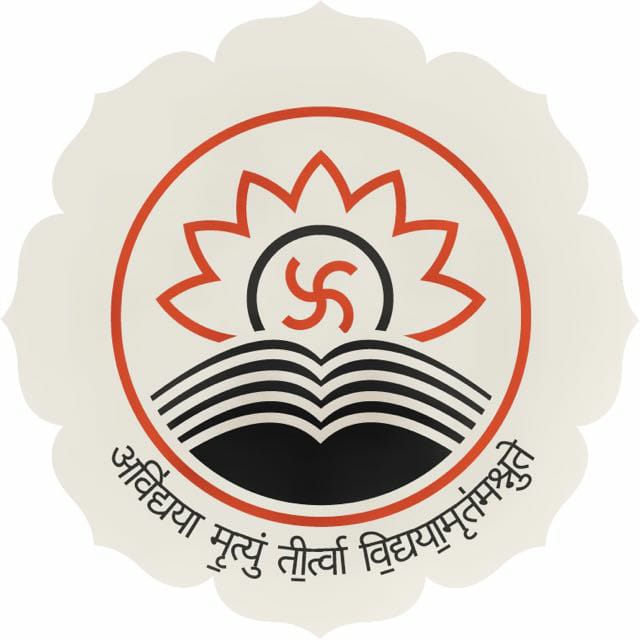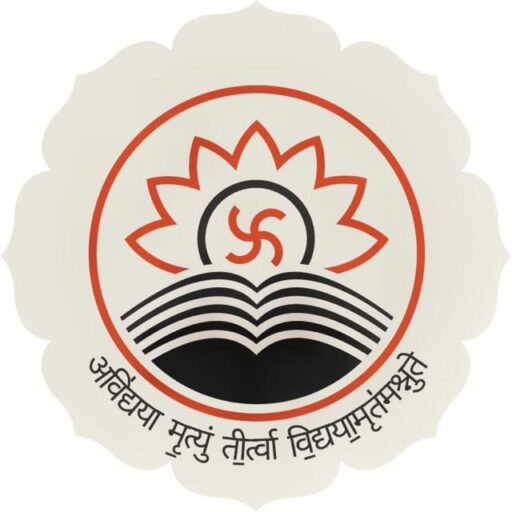System of Traditional Learning
Our scriptures can never truly fit in the perspective of the Western education system. The study of shastras is neither only teaching to pupils nor merely reading the book. It is about learning in real life rather than collecting degrees and titles.
An incident from the Fifth Adhyāya of ŚrīmadbhāgavataMāhātmya illustrates the magnificence of our traditional educational values.
Gokarṇa organised a narration for the Mukti of his stepbrother Dhundhukari.
Many other people came to listen to the narration. When it concluded, Haridāsas (servants of Lord Vishnu) appeared bringing a Vimāna on which Dhundhukāri ascended. Therefore, Gokarṇa was curious about why they did not bring many Vimānas for all the devotees who listened to the narration.
फलभेद: कुतो जात: प्रब्रुवन्तु हरिप्रिया:॥
Haridāsas gave a beautiful and befitting reply.
श्रवणस्य विभेदेन फलभेदोत्र संस्थित:। श्रवणं तु कृतं सर्वैर्न तथा मननं कृतम्॥
They said that the fruits of action (phalas) of listening to the narration vary from person to person. Everyone listened to the narration with patience and attention. Yet, Dhundhukāri imbibed and reflected on his learnings. This is the reason, he deserved the Haridāsas bringing a Vimāna to fetch him to the Vaikuṇṭha, while others did not.
This makes it clear that just listening in a class or reading the text is not enough. Reflection is important for retention.
The Four Step Model of Traditional Education
Traditional education begins from where the west concludes its existence.
Our online classes are inspired by the traditional Guru-Śiṣya-Paramparā. They are broadly divided into four phases. This is described in the following verse:
आचार्यात्पादमादत्ते पादं शिष्य: स्वमेधया। पादं सब्रह्मचारिभ्य: पाद: कालेन पच्यते॥
One obtains 25% knowledge from Guru (श्रवणम्/ पाठ:), 25% knowledge by self-study (धारणम्/ स्वाध्याय:), 25% knowledge from colleagues (चिन्तनम्) & 25% knowledge after due course of time (by revision (अनुवाद:) or by teaching (अध्यापनम्))
Step 1: अध्ययनम्/ पाठ: (श्रवणम्)
The teacher gives the lectures in the online classes. Unlike modern counterparts, this system is more interactive. It works like a conversation. Here, if a student has any problem, he can directly ask it. Emphasis is on arranging the concepts in the memory rather than noting down in the notebook. A student is able to understand better.
For convenience, recordings of the classes are also shared.
Step 2: धारणम् (स्वाध्याय:)
The student gets some time to revise. It is best that he revises it in his memory itself. If he has made some notes in a notebook, he can go through them. He can also rewatch the lecture videos which he has access to. He can also get the prescribed books and study from them.
Step 3: चिन्तनम्
At a separate time, all the students gather in the same virtual meeting room to discuss everything taught in the class. The teacher remains absent during this phase. Apart from fostering better memory, it also develops the social skills of the students. They become good friends.
Step 4: अनुवाद:
This phase is carried out by either the same teacher or a different one. In this stage, the students recall everything that was taught and discussed in front of the teacher.
In essence, when the students study the same topic four times, they are able to retain it better.
Demonstration of the method


Eye opening! Implementation of this would be a project by itself. I find myself privileged to have an opportunity learn through this method.